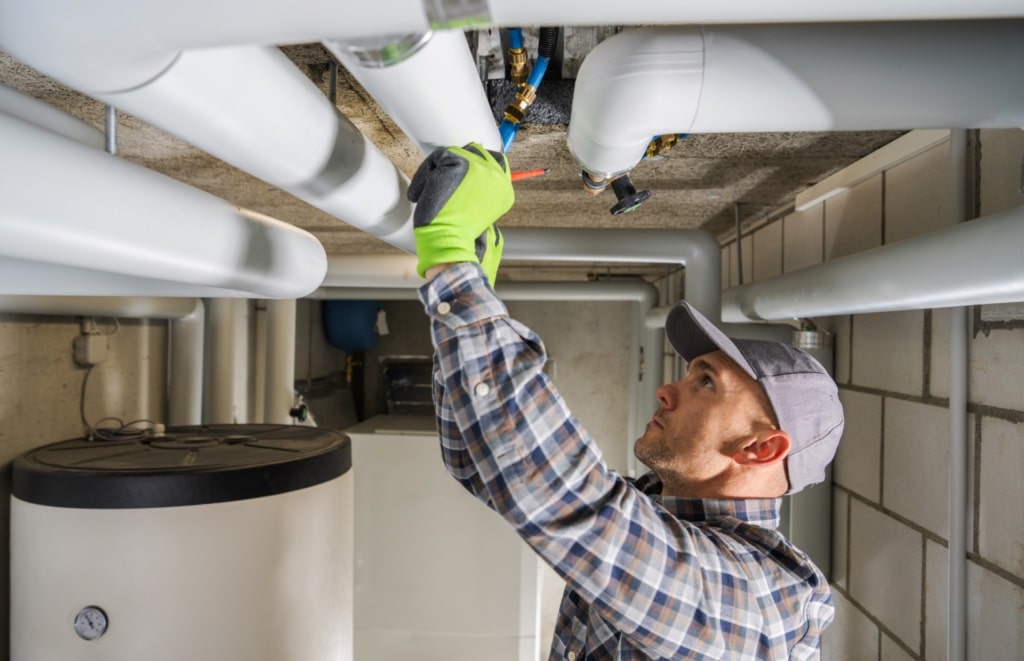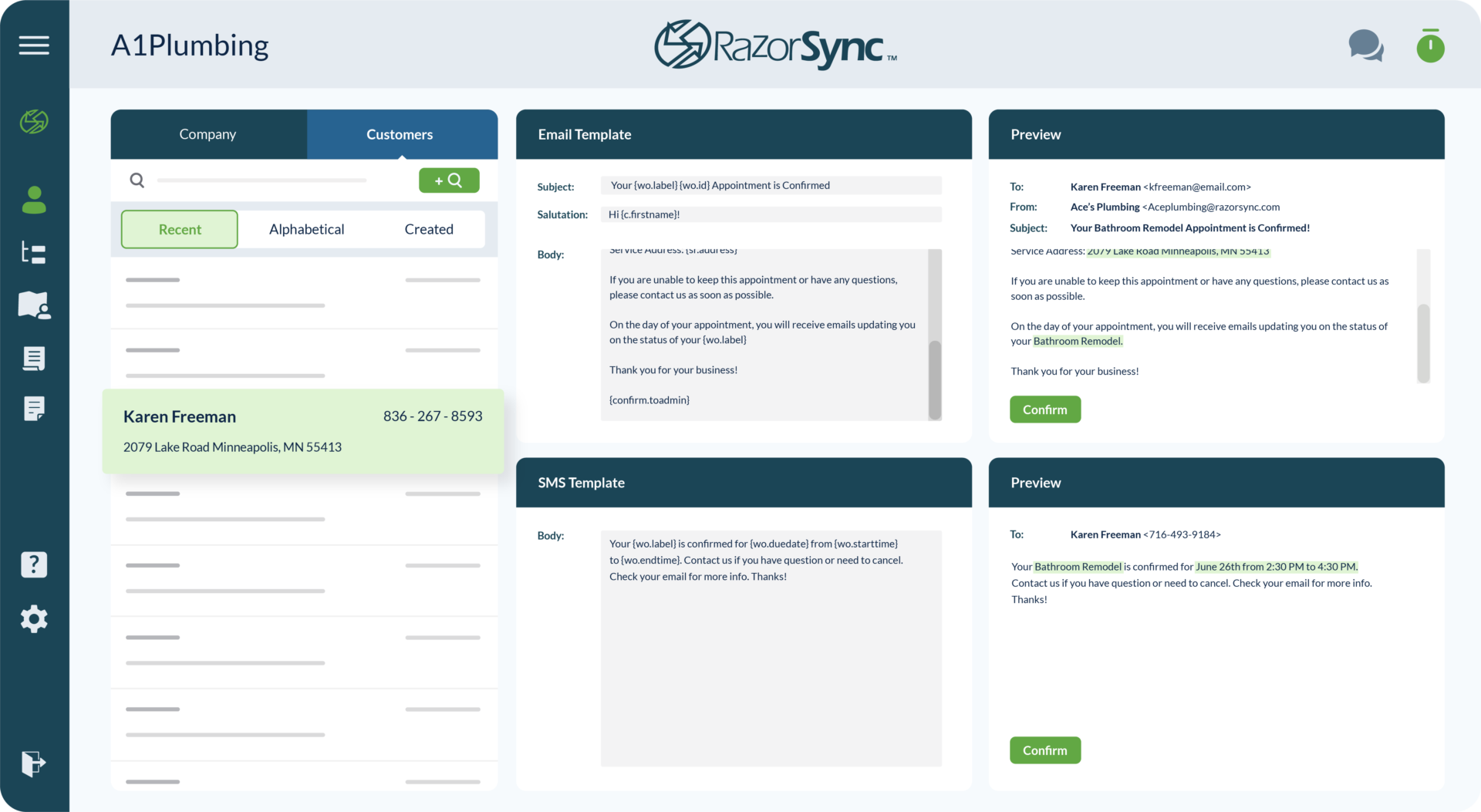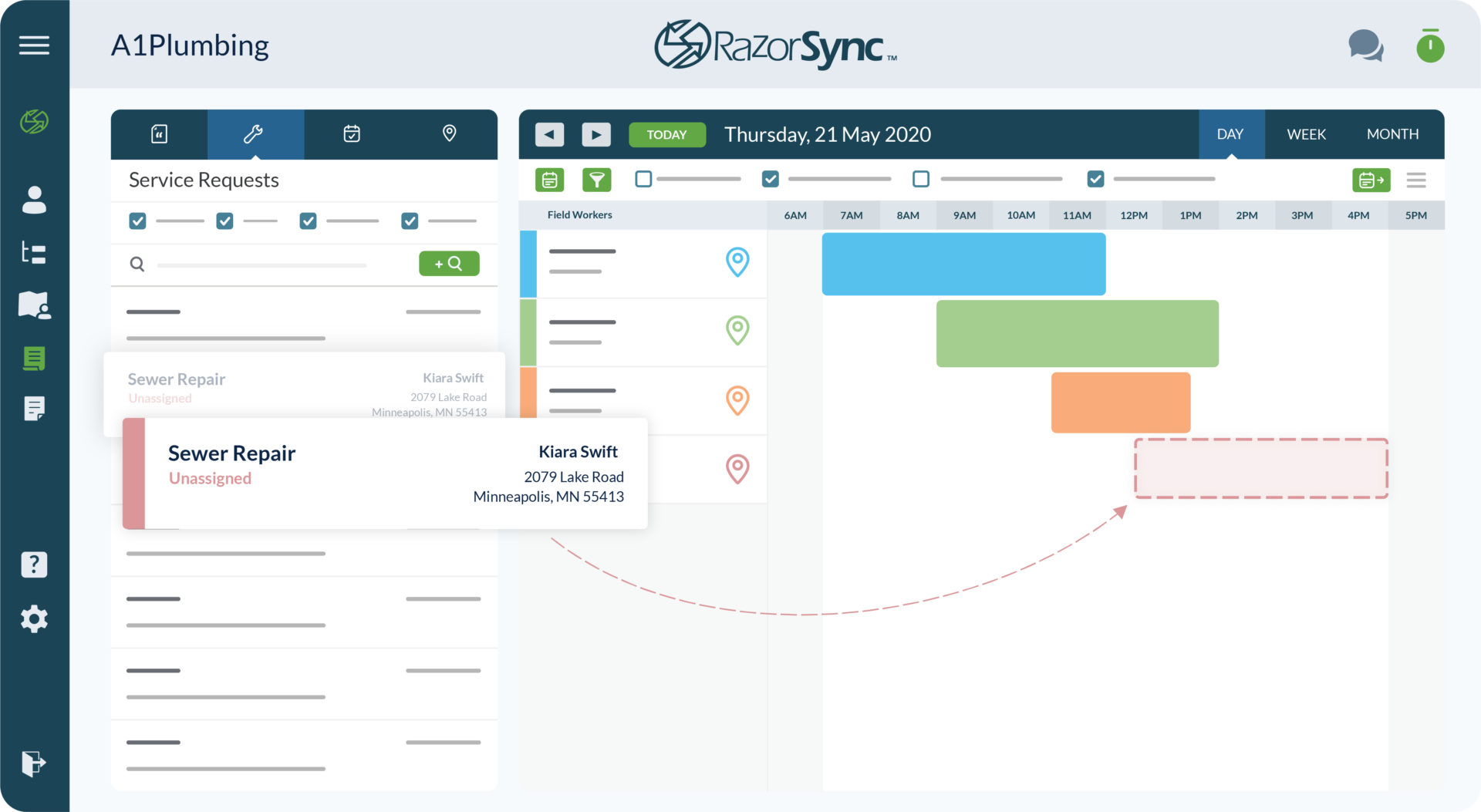HVAC Tools All Contractors Should Never Leave Home Without
When HVAC contractors are called out into the field to service equipment or troubleshoot issues, having the proper HVAC tools on hand is absolutely essential...
Dec 01, 2023
# of Minutes to Read

When HVAC contractors are called out into the field to service equipment or troubleshoot issues, having the proper HVAC tools on hand is absolutely essential for them to perform their jobs thoroughly and effectively. Without the right tools, technicians will likely not have what they need to properly diagnose problems, safely make necessary repairs, or complete routine maintenance for HVAC systems and components. This can lead to frustrations for both the technician and the customer when adequate work cannot be completed without the required tools.
Having the right HVAC tools can make any heating, ventilation, and air conditioning job easier and safer. In this blog post, we’ll provide an overview of the fundamental HVAC tools that every toolbox should contain. We’ll also cover key tools for diagnosing problems, maintaining safety, and handling specialized tasks. From essentials like screwdrivers and pliers to more advanced tools like vacuum pumps and combustion analyzers, we’ll help you identify the must-have gadgets and gear for tackling any HVAC project. Read on to learn about the tools you need to have on hand before taking on your next heating or cooling repair or installation.
Must-Have Hand Tools
Even basic hand tools like screwdrivers, wrenches, voltmeters, etc., are indispensable for opening units, accessing parts, taking measurements, and other typical servicing procedures. Fieldwork often requires improvisation as well, so having fundamental tools on hand gives techs options to tackle unforeseen issues.
Screwdrivers
A variety of screwdriver types like flathead, Phillips, Torx, and star drives in different sizes allow access and removal of the many fastener types encountered. Insulated screwdrivers provide protection when working around live power sources.
Wrenches
Adjustable, open-end, socket, and combination wrenches in standard and metric sizes are used for loosening, tightening, and holding all kinds of HVAC fittings, connections, caps, valves, fittings, and more. Avoiding stripped fasteners saves much frustration!
Pliers
Needle nose, channel lock, and standard gripping pliers assist with all kinds of pulling, twisting, bending, or crimping needs. Linesman and long nose pliers help manipulate wires in tight spaces.
Wire Cutters and Strippers
Used to strip electrical cables and wires to the proper length for connections. Insulated strippers allow working around live wires safely.
Source: thespruce.com
Tape Measure
Required for taking measurements of ducting, piping, spacing, fittings, and clearances. Steel tapes are preferred for durability.
Utility Knife
HVAC contractors use utility knives extensively for cutting and trimming flex ducts, insulation, plastic sheeting, stripping wire sheaths, opening packaging, etc. Having extra blades on hand is recommended.
Hammer
A standard claw hammer allows driving in/removing nails and fasteners, adjusting equipment panels, tapping fittings for a better seal, and even straightening minor coil fins if needed. A rubber mallet is also useful for applying controlled force.
Flashlight
Illuminating dark furnaces, tight crawl spaces, attics, and equipment interiors is essential. Headlamps allow hands-free lighting. LED flashlights provide brightness and efficiency.
Multimeter
An auto-ranging digital multimeter is vital for electrical troubleshooting. HVAC contractors use it to take voltage, continuity, resistance, and current measurements on circuits and components.
Wire Brush
Stiff wire brushes help remove corrosion and prepare surfaces when making connections or splicing wires. Maintaining good contact is critical.
Hand saw
Hand saws that can cut through pipes, rods, tubing, and more help technicians custom fit parts in the field during installations and repairs.
Bolt cutters
Allow quick cutting through padlocks, chains, and large bolts when access to equipment is restricted. Much more efficient than hand saws or blades.
Source: thisoldhouse.com
Diagnostic Equipment
HVAC technicians rely on specialized diagnostic equipment to properly assess systems and identify any issues. Here are some of the most essential diagnostics every technician should have:
Thermometer
Used to check supply and return temperatures at vents to ensure proper airflow. Also verifies proper system operating temperatures for safety. Infrared thermometers allow non-contact surface temperature checks.
Thermostat Tester
Used to diagnose problems with the thermostat, the primary control of an HVAC system. Tests voltage and continuity of connections.
Psychrometer
Measures relative humidity levels in a space. Used along with a thermometer to determine proper comfort conditions and identify causes of humidity issues.
Source: miotechstore.com
Flue Gas Analyzer
Portable analyzer to assess furnace combustion efficiency and identify risks like carbon monoxide. Checks air-fuel mixtures to optimize efficiency and safety.
Source: testequipmentdepot.com
Safety Gear
The safety of HVAC contractors should always be the top priority when working in the field. Technicians encounter many hazards on the job, from electrical dangers, falls, airborne debris and chemicals, and more. Carrying proper safety gear and utilizing it diligently allows technicians to avoid injuries and remain healthy throughout their career.
Some essential basic protective equipment that all technicians should have handy include:
Work Gloves
Protect hands from hot or sharp objects and hazardous chemicals by using electrical gloves. Insulated gloves safeguard against electrical shocks and burns.
Safety Goggles/Glasses
Protect eyes from particles when cutting ducts, pipes, or sheet metal or handling refrigerants and chemicals. Some worksites mandate eye protection.
Hearing Protection
Shield hearing from loud compressors and fan motors. Prolonged noise exposure can lead to hearing damage. Ear plugs or noise-canceling headphones help.
Dust Masks
Important when working around airborne debris in spaces like attics or crawl spaces that could be inhaled. Help block dust and particles from the ductwork.
Hard Hats
Required PPE on construction sites and commercial jobs to prevent head injuries from dropped tools or materials. Headlamps provide hands-free lighting.
Specialized Tools
Certain specialized tools like refrigerant gauges, vacuum pumps, and combustion analyzers are vital for specific HVAC services like handling refrigerant lines or tuning furnaces. Lacking these job-specific tools prevents technicians from accurately measuring readings or making necessary adjustments. Having these specialty tools readily available allows technicians to tackle specialized jobs while already on site.
Refrigerant Gauge Set
Used to assess pressures on AC/refrigeration systems and pinpoint leaks. Technicians connect gauges to high and low-pressure ports when servicing lines.
Vacuum Pump
Critical for evacuating air and moisture from refrigerant lines before recharging systems. Removes contaminants that can damage components.
Manifold Gauge Set
Allows fine-tuned adjustment of refrigerant charge and flow to optimize system performance. Technicians verify proper operating pressures.
Source: toolpan.com
Refrigerant Recovery Machine
Safely captures refrigerants from systems so they can be reused or responsibly recycled. Prevents the release of harmful VOCs and greenhouse gasses.
Source: achrnews.com
Condensate Pumps
Removes pooling water from air conditioning systems. Preventing overflow protects property from water damage and hazards.
Having the right HVAC tools on hand is crucial for technicians to perform their jobs efficiently and safely while out in the field. By equipping their stock with all the fundamental and specialized tools outlined here, HVAC contractors ensure they have everything they need to safely and efficiently diagnose, service, and repair any heating, ventilation, air conditioning, or refrigeration issues encountered. Having the right tools for the job is essential to the success of any HVAC service call or work order.
If you’re looking to take your field service operations to the next level, be sure to check out RazorSync’s Field Service Management platform. Our powerful solution is designed specifically for field service businesses.
RazorSync makes it easy to create digital checklists that outline the necessary tools and parts for a specific task. Plus, with intuitive job scheduling, RazorSync gives technicians visibility into all of their assignments for the day, allowing them to optimize routing and packing to guarantee they have the required HVAC tools for each client visit.
With our software, you can schedule jobs faster, streamline processes, and provide top-notch customer experiences – in the office or on the go.
See for yourself how our field service management system can benefit your business by signing up for a demo today. Our team would be happy to show you the platform and answer any questions you have. Moving to RazorSync could be the key to transforming your field service operation, so don’t hesitate to contact us. The future of your success could be just a click away!











